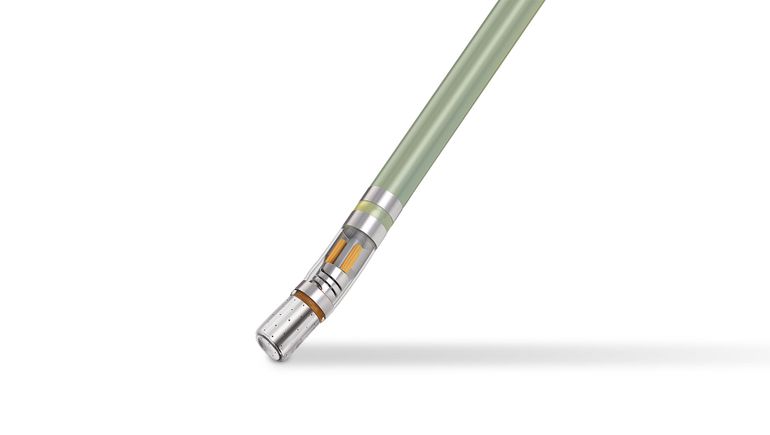Dive Brief:
- Johnson & Johnson subsidiary Biosense Webster received approval from the Food and Drug Administration for some of its cardiac ablation devices to be used without fluoroscopy imaging.
- The approval would make Biosense Webster’s products the only heart ablation products that can be used in the U.S. without fluoroscopy, the company said in a Friday statement.
- By allowing physicians to use ultrasound for guidance during the procedure instead of X-rays, patients would be exposed to less radiation, the company said.
Dive Insight:
The approval applies to some of Biosense Webster’s catheter-based devices that use radiofrequency energy to treat atrial fibrillation, a heart arrhythmia estimated to affect 6 million people in the U.S. Typically, these procedures are done with fluoroscopy, a type of imaging where X-rays are used to take real-time footage. The FDA determined that direct imaging guidance, such as ultrasound, can be used as an alternative to fluoroscopy.
The decision was based on a prospective, observational registry that assesses real-world catheter ablation outcomes.
Biosense Webster President Jasmina Brooks said in a statement that the label change should improve the safety and efficiency of cardiac ablation procedures.
“As a result of this update, our teams can now proactively discuss the fluoroscopy alternative workflow with our customers to reinforce the benefits of the Biosense Webster portfolio of products,” Brooks added.
The approval applies to several devices including Biosense Webster’s Thermocool Smarttouch SF catheter, which uses radiofrequency ablation; the Carto Vizigo Bi-Directional Guiding Sheath, which is used to help with navigation during these procedures; and the Decanav Mapping Catheter, which is used to map portions of the heart.

